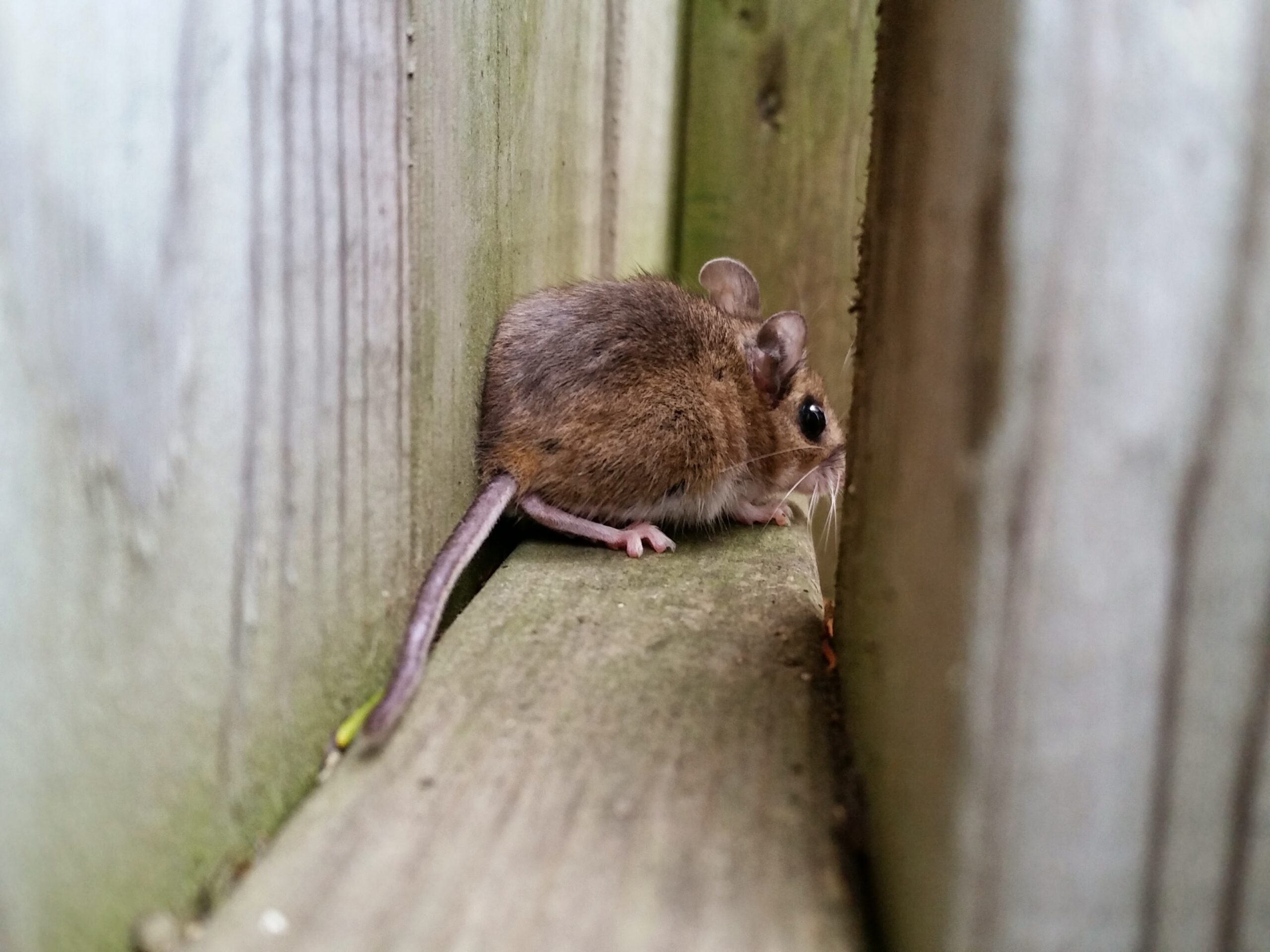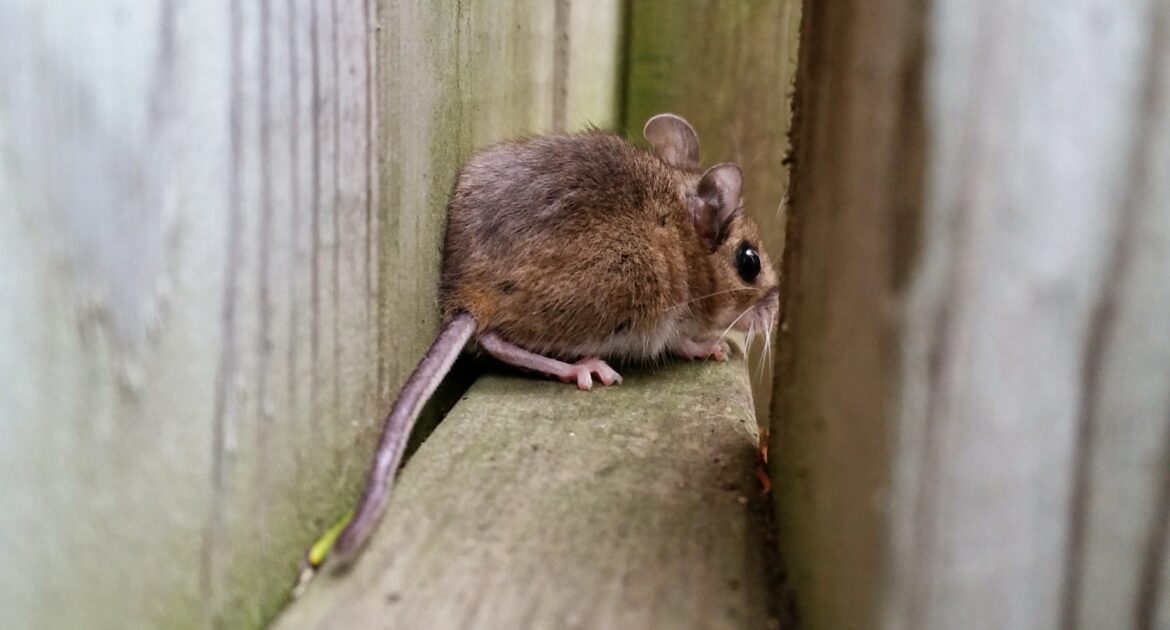Rodents are stubborn pests that invade your property, inflict damage on building materials and pose a health risk with their ability to spread disease. Keeping mice and rats out of your house is vital to maintaining a safe and clean environment. At Skedaddle Humane Wildlife Control, we can assist you with mice removal wildlife control in Milwaukee. Our experienced technicians can solve your rodent problems humanely and prevent future infestations. If you’ve ever wondered why rats and mice have tails, we would like to share some information that examines the benefits of a rodent’s tail.
How Their Tails Benefit Rodents
Although qualified wildlife control technicians successfully remove rodents from residential and commercial properties every year, the pests can be elusive to the average homeowner. Rodents are agile mammals that can travel quickly across your kitchen floor and evade any attempt at capture. Their incredible ability to perform acrobatic maneuvers is primarily attributed to their tails.
Balance
Without a tail, a mouse or rat cannot maintain their balance. Have you ever seen a video of mice running across a narrow fence or rope? Rodents can travel fast on slender beams with their tails acting as a stabilizer. The tail corrects the animal’s center of gravity and keeps its body in line with the surface under its feet.
The appendage also allows them to stand on their hind legs without falling over. Most common varieties of mice and rats have tails nearly as long as their bodies, and without them, their speed and agility decline.
Predator Evasion
Rodents can seem like an unstoppable force when they infest your home, but the animals are susceptible to numerous predators in the wild. Larger, faster, and more agile predators like owls, hawks, and bobcats enjoy feasting on rodents, but sometimes, the clever pests evade their hunters with help from their tales. Before a predator strikes, the rodent wiggles its tail to distract the attacker and draw attention away from its torso and head.
A severed tail is a better outcome than a torso bite, and the rodent can escape and find cover while the attacker is swallowing the tail.
Heat Loss
Rodents do not have sweat glands like other mammals, and they rely on their long tails to maintain a healthy body temperature. The blood vessels in a rodent’s tail act like thermostats for the creature and adjust the internal temperature depending on the external conditions. When a rodent heats up, the vessels respond by dilating and forcing more blood towards the tail. The heat is released from the tail’s skin layer, and the returning blood flow is cooler.
The long length of a rat tale helps with its thermoregulation, and when a predator bites it off, the animal struggles to regulate its body temperature.
Can a Mouse or Rat Survive Without a Tail?
Without a tail, a rodent can survive, but it becomes more vulnerable to predators and less capable of climbing and traveling quickly. A tailless rat cannot regulate its body temperature effectively and is more vulnerable to infections and disease. Because of a genetic abnormality, some rodents are born without tails, but their lifespan is brief when they cannot escape attacks.
Trust the Professionals
If you have a rodent problem in your home, avoid trying to handle or capture the pests. Although many pest control products are available for homeowners, most are ineffective and may involve placing traps close to rodents’ nests.
The bites, scratches, urine and saliva from rodents can transfer life-threatening diseases to humans. Instead of putting your health at risk, you can contact the professionals. The skilled technicians at Skedaddle Humane Wildlife Control can remove the rodents humanely and offer tips for preventing the animals from coming back.




